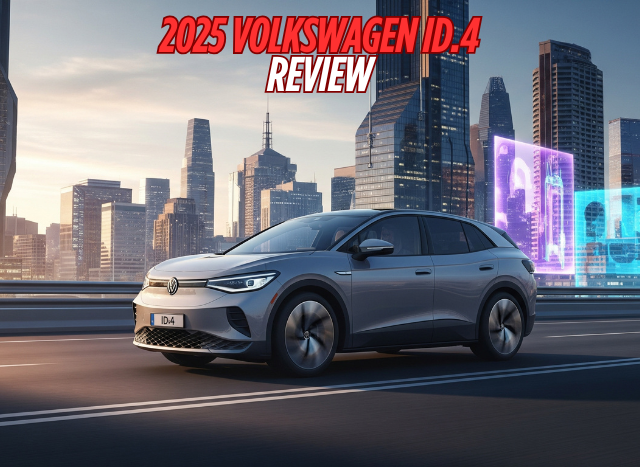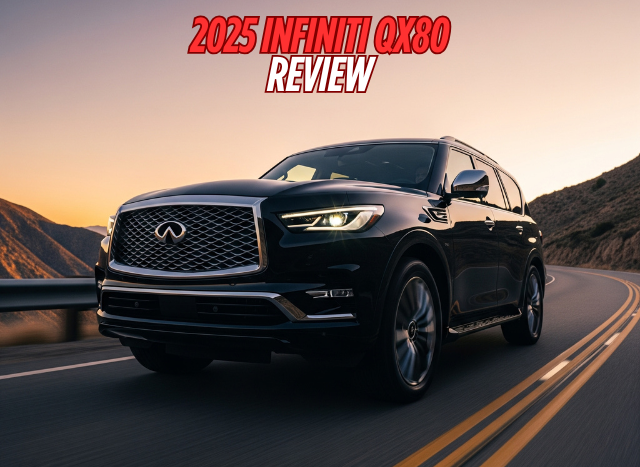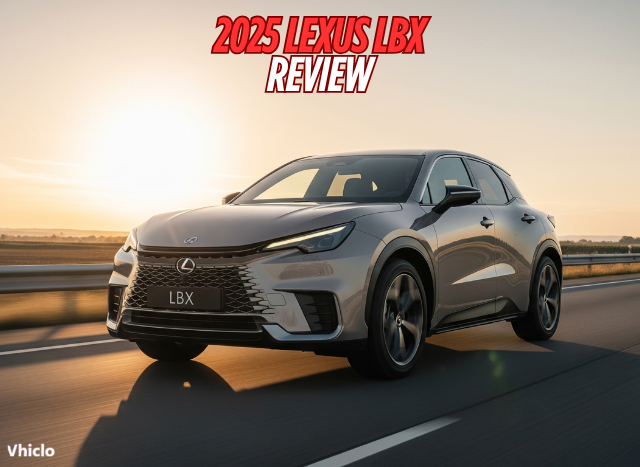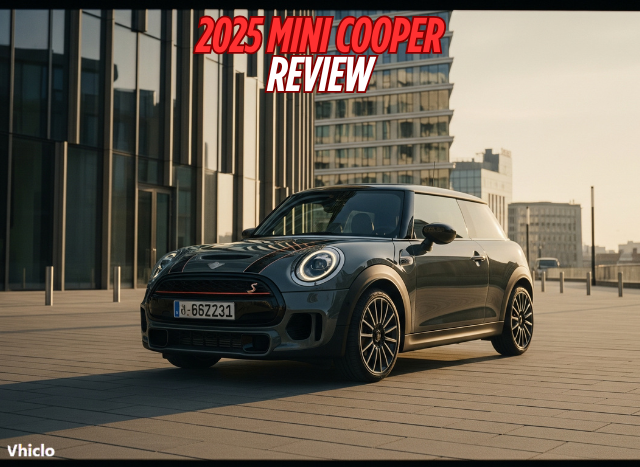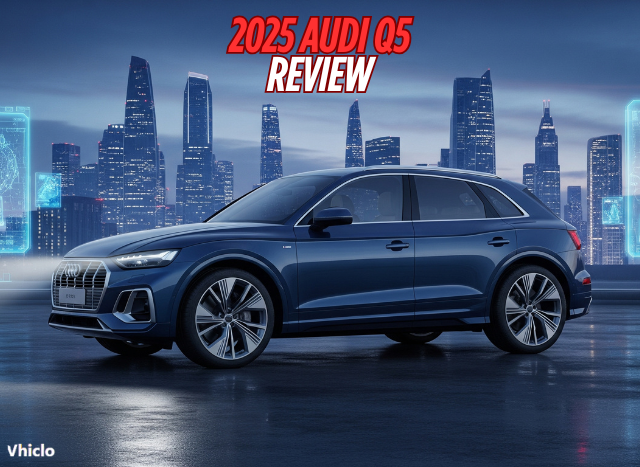Review Date: June 2025
MSRP Range: $50,675 – $65,275
Overall Rating: 8.4/10
Key Verdict: BMW’s fourth-generation X3 perfects the luxury compact SUV formula with standard 48V mild-hybrid technology, revolutionary iDrive 9 interface, and increased space while maintaining the driving dynamics that made it America’s favorite premium SUV.
Contents
- 1 Quick Verdict & Key Stats
- 2 What’s New This Year
- 3 Exterior Design & Styling
- 4 Interior Quality & Comfort
- 5 Technology & Infotainment
- 6 Performance & Driving Experience
- 7 Fuel Economy & Efficiency
- 8 Safety & Reliability
- 9 Cargo & Practicality
- 10 Value & Pricing Analysis
- 11 Competitors Comparison
- 12 Final Verdict & Recommendations
Quick Verdict & Key Stats
Bottom Line Up Front: The 2025 X3 represents evolutionary perfection rather than revolutionary change, delivering meaningful improvements in power, efficiency, technology, and space while preserving the engaging driving experience that has made it BMW’s best-selling model in America. Standard mild-hybrid assistance and the breakthrough iDrive 9 system position it ahead of German rivals.
Key Specifications
| Specification | X3 30 xDrive | X3 M50 xDrive |
|---|---|---|
| Engine | 2.0L Turbo 4-cyl + 48V | 3.0L Turbo 6-cyl + 48V |
| Horsepower | 255 hp | 393 hp |
| Torque | 295 lb-ft | 428 lb-ft |
| Fuel Economy | 27/33/29 mpg | 25/30/27 mpg |
| Starting Price | $50,675 | $65,275 |
| Cargo Space | 67.1 cu ft (max) | 67.1 cu ft (max) |
| Seating | 5 passengers | 5 passengers |
| 0-60 mph | 6.0 seconds | 4.4 seconds |
| Drive Type | AWD Standard | AWD Standard |
What’s New This Year
Everything that matters. The 2025 X3 marks the introduction of the fourth generation after seven years, bringing comprehensive updates across every system. Built on BMW’s evolved platform, the new X3 grows 1.3 inches longer and 1.1 inches wider while becoming one inch shorter, creating a more athletic stance with improved aerodynamics.
The powertrain revolution centers on standard 48-volt mild-hybrid technology across all variants, boosting both performance and efficiency. The revolutionary iDrive 9 system debuts, featuring Android-based architecture for smartphone-like responsiveness. BMW also standardizes all-wheel drive across the lineup, eliminating rear-drive variants while introducing the more powerful M50 nomenclature to replace the previous M40i.
2025 BMW X34th Gen
- Standard 48V mild-hybrid tech
- Revolutionary iDrive 9 system
- Increased space & efficiency
- Maintained driving dynamics
- Competitive pricing
- Minimalist interior design
- Fewer physical controls
- Premium pricing pressure
- Option package dependency
Exterior Design & Styling
BMW’s designers have achieved the perfect balance of evolution and revolution. The new X3 maintains instant recognition while adopting a more sophisticated, almost monolithic presence. The reimagined kidney grille features a striking combination of vertical and diagonal bars with available illuminated surrounds that create a distinctive nighttime signature.
The body’s cleaner surfacing and upswept beltline echo BMW’s flagship XM SUV, giving the X3 a more premium appearance. Flush door handles, active grille shutters, and optimized aerodynamics contribute to improved efficiency without sacrificing visual appeal. The M50 variant adds quad exhaust outlets, larger air intakes, and 20-inch wheels that emphasize its performance focus.
Build quality represents a significant step forward, with tighter panel gaps and more sophisticated paint finishes that rival higher-tier luxury brands. The overall result is a design that looks more expensive than its price point suggests.
Interior Quality & Comfort
The cabin transformation rivals the exterior’s dramatic evolution. BMW has embraced minimalist luxury with a floating 14.9-inch curved display that seamlessly integrates instruments and infotainment functions. The controversial removal of most physical controls is offset by the remarkable responsiveness of the new iDrive 9 system.
Materials quality impresses throughout, with standard perforated Veganza synthetic leather seats offering excellent support and comfort. The optional woven textile dashboard – made from recycled polyester – represents BMW’s sustainability commitment while providing a unique premium touch. Ambient lighting with 15 color options and dynamic effects creates an atmosphere that adapts to driving modes.
Space improvements are meaningful despite the exterior’s modest size increase. Rear passengers enjoy additional legroom, while the flat floor maximizes interior volume. The Sky Lounge panoramic sunroof floods the cabin with natural light, enhancing the open feeling.
Technology & Infotainment
The iDrive 9 system represents BMW’s technological leap into the smartphone era. Built on Android architecture, it delivers unprecedented responsiveness while maintaining BMW’s logical interface hierarchy. The augmented reality head-up display overlays navigation instructions directly onto the road ahead – a genuinely useful innovation rather than a gimmick.
Wireless Apple CarPlay and Android Auto connectivity work flawlessly, while the available premium sound system delivers audiophile-quality reproduction. The BMW Digital Key Plus enables smartphone-based locking and unlocking when within range, eliminating the need for traditional keys.
The Driver Assistance Professional package includes BMW’s most advanced semi-autonomous capabilities, including highway lane-centering and adaptive cruise control with stop-and-go functionality. These systems work smoothly and inspire confidence during long-distance travel.
Performance & Driving Experience
Both powertrain options benefit from 48-volt mild-hybrid assistance that provides seamless electric boost during acceleration while enabling engine-off coasting for improved efficiency. The base 2.0-liter turbo four-cylinder delivers 255 horsepower – a meaningful increase over the previous 248 hp – with improved throttle response and reduced turbo lag.
The M50’s 3.0-liter turbo six-cylinder produces 393 horsepower through BMW’s latest Efficient Dynamics Next technology package, including Miller cycle combustion and advanced injection systems. The result is supercar-quick acceleration (4.4 seconds to 60 mph) with surprisingly civilized fuel economy.
The eight-speed automatic transmission operates with silky smoothness, while the standard all-wheel drive system provides confident traction in all conditions. The available adaptive M suspension transforms the M50 into a genuinely sporty handler without compromising ride quality on the highway.
Fuel Economy & Efficiency
The 48-volt mild-hybrid systems deliver impressive efficiency gains. The X3 30 xDrive achieves 29 mpg combined – a 5 mpg improvement over the previous generation – while the M50 manages 27 mpg combined despite its significantly increased power output.
Real-world testing confirms EPA estimates, with highway cruising regularly achieving 30+ mpg in the base model. The mild-hybrid system’s ability to coast with the engine off during deceleration contributes meaningfully to urban efficiency while remaining transparent to the driver.
These numbers place the X3 ahead of direct competitors like the Mercedes-Benz GLC (26 mpg) and Audi Q5 (26 mpg), providing a tangible advantage for long-distance travelers.
Safety & Reliability
While official IIHS and NHTSA ratings await testing, the X3 benefits from BMW’s comprehensive approach to passive and active safety. The stronger, lighter body structure should improve crash protection, while the extensive driver assistance suite helps prevent accidents.
Standard safety equipment includes forward collision warning with automatic emergency braking, lane departure warning, and blind-spot monitoring. The available 360-degree camera system provides exceptional visibility during parking maneuvers.
BMW’s reliability record has improved significantly in recent years, and the X3’s proven powertrain architecture – enhanced rather than replaced – should continue the positive trend. The 4-year/50,000-mile warranty provides adequate coverage, though it trails some luxury competitors.
Cargo & Practicality
The cargo capacity increase to 67.1 cubic feet maximum represents a meaningful improvement over the previous generation’s 62.7 cubic feet. The loading floor sits at a convenient height, while the wide opening accommodates bulky items easily.
Rear seat accommodations improve notably, with additional legroom and better seat cushion support. The 40/20/40 split-folding configuration maximizes versatility, while numerous storage compartments throughout the cabin organize smaller items effectively.
Towing capacity reaches 4,001 pounds for the X3 30 and 4,850 pounds for the M50 when properly equipped – sufficient for most recreational trailers while maintaining the SUV’s refined character.
Value & Pricing Analysis
The X3 30 xDrive’s $50,675 starting price represents a modest $780 increase over the previous generation, remarkable considering the comprehensive updates. Standard equipment levels rise significantly, including the advanced infotainment system, mild-hybrid technology, and premium interior materials.
The M50 xDrive at $65,275 commands a larger premium but delivers supercar performance with luxury SUV practicality. Both models undercut their German rivals while offering superior technology and efficiency.
Resale values should remain strong based on BMW’s brand strength and the X3’s proven desirability. The combination of increased capability and maintained pricing creates compelling value propositions across the lineup.
Competitors Comparison
Direct Competitors:
- Mercedes-Benz GLC: Similar luxury and refinement, less advanced technology, lower fuel economy
- Audi Q5: Comparable performance and luxury, inferior infotainment system, similar pricing
- Genesis GV70: Superior value and warranty, less prestigious badge, smaller dealer network
- Volvo XC60: Stronger safety reputation, less engaging driving dynamics, similar efficiency
The X3’s combination of driving engagement, technology advancement, and efficiency leadership creates clear differentiation from German rivals while maintaining competitive pricing against value-oriented alternatives.
Final Verdict & Recommendations
Pros:
- Standard 48V mild-hybrid technology improves performance and efficiency
- Revolutionary iDrive 9 system sets new technology benchmark
- Increased interior and cargo space without exterior size penalty
- Maintained BMW driving dynamics with improved refinement
- Competitive pricing despite comprehensive upgrades
Cons:
- Minimalist interior design won’t appeal to all luxury buyers
- Physical control elimination may frustrate traditional BMW owners
- Premium pricing puts pressure on lower-end luxury SUV buyers
- Some technology features require expensive option packages
Best For: Luxury SUV buyers prioritizing driving engagement and cutting-edge technology, families needing space without sacrificing performance, buyers wanting German luxury with improved efficiency.
Skip If: You prefer traditional luxury cabin designs, want maximum interior space for the money, prioritize the lowest possible operating costs, or need the ultimate in off-road capability.
Overall Rating Breakdown:
- Performance: 8.5/10
- Interior: 8.0/10
- Technology: 9.5/10
- Value: 8.5/10
- Overall: 8.4/10
The 2025 BMW X3 successfully evolves the luxury compact SUV formula without losing the driving character that made it America’s favorite premium SUV. This fourth generation proves that incremental improvements, when executed expertly, can be more impactful than revolutionary changes.
Automotive industry expert and editor of Vhiclo, specializing in car news, EV technology, and in-depth vehicle analysis. With years of experience in the field, Koutaibah provides trusted insights for enthusiasts and professionals alike.

